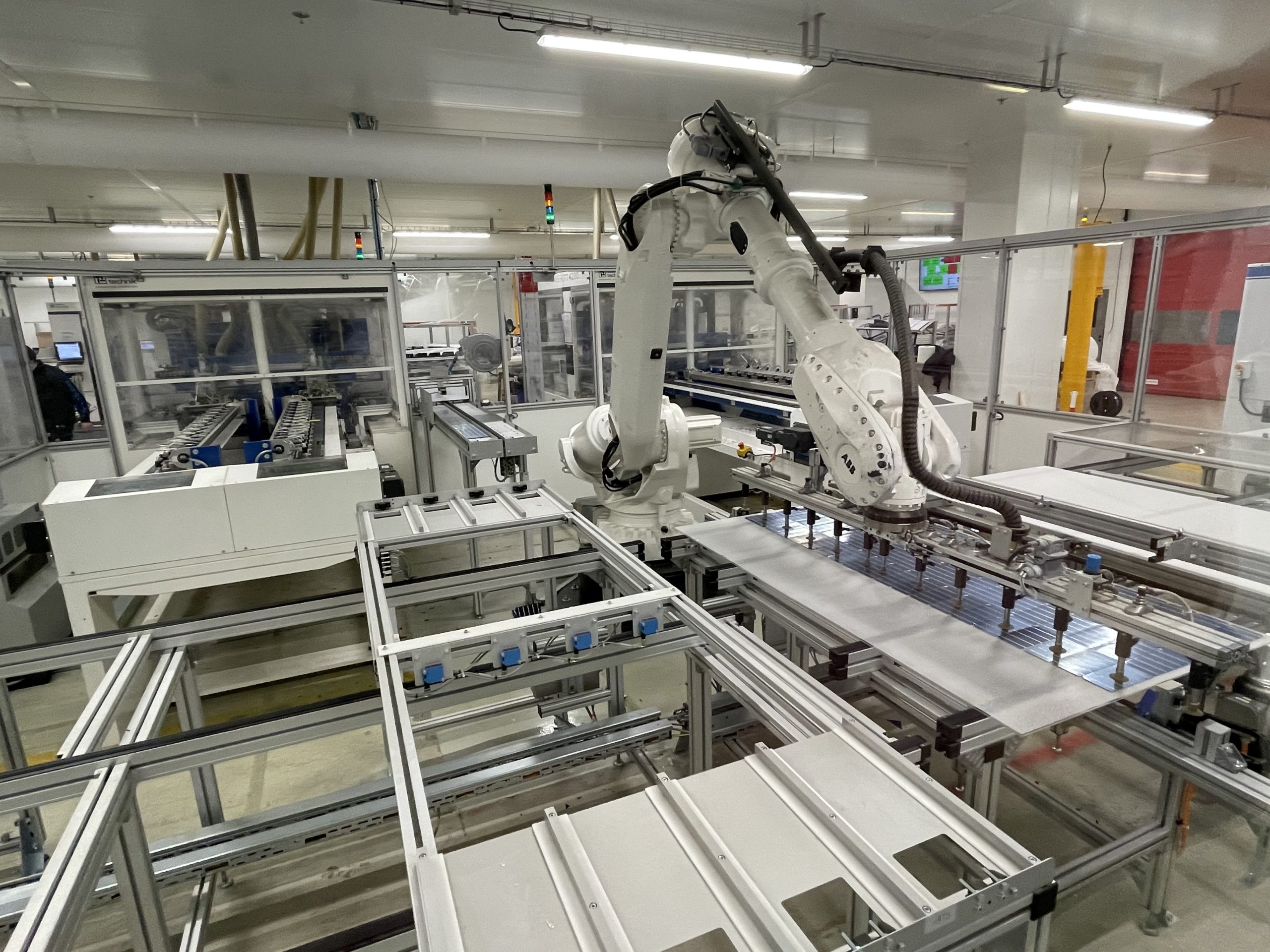A brand new global certification of low-carbon embedded modules has been launched. This significant achievement was made possible by the non-profit organization Global Electronics Council, with funding from the Ultra Low-Carbon Solar Alliance (ULCSA). Working in collaboration with relevant stakeholders, including ESMC, the Council has developed a distinct criterion within the Electronic Product Environmental Assessment Tool (EPEAT) to label the climate impact in photovoltaic (PV) module manufacturing. This initiative will provide a vital resource for companies and individuals committed to reducing their carbon footprint and promoting sustainability in the PV Industry.
In IPCC´s recently published climate synthesis report (p. 28), solar energy is highlighted as the far most cost-effective mitigation option of all. While that is well known among the solar energy community, it is important to consider the impact of how PV modules are produced on the environment.
With the new EPEAT criteria for PV modules, the carbon impact from the manufacturing stages will be included as part of a globally recognized certification. This paves the way for all responsible end users to demand the most environmentally sustainable PV modules available.
“From ESMC, we highly value the initiative of General Electric Council and recognize the hard work of several stakeholders for this milestone in making the PV manufacturing industry more sustainable. Now, there is a brand new opportunity to set strict environmental requirements when purchasing PV modules. My hope is that all public procurers urgently require that the solar panels be produced in accordance with the criteria set in this eco-label.”
The newly developed criteria for PV modules will be mandatory for achieving the EPEAT ecolabel. The new classification will be divided into two categories: “Low Carbon Solar Modules” and “Ultra Low Carbon Solar Modules“. PV module manufacturers can as of now apply for registration of their products.
To qualify for the ‘Low Carbon Solar Module’ classification, a maximum of 630 kgCO2-eq/kWp is permitted from the manufacturing process. For the more climate-ambitious ‘Ultra Low Carbon Solar Modules’ classification the limit for the embodied carbon is 400 kgCO2-eq/kWp. Both classifications include emissions from the frame. It’s worth noting that the 630 kg limit is about 20% lower than the global average of PV modules’ climate impact but slightly higher than the European average. The exact calculations for assessing the embodied carbon are detailed in paragraph 4 and Annex A of the criteria.
Starting from the autumn of this year, public procurers, retailers, installers, and other stakeholders interested in investing in PV will have an essential tool for promoting the demand for PV modules with a low or ultra-low embedded carbon footprint. This will help to drive the shift towards a more sustainable future and reduce the carbon footprint of the renewable energy sector.
Download a one-pager on EPEAT for Photovoltaic Modules & Inverters here.
Picture copyright: Voltec Solar

Jens Holm
ESMC Sustainability Policy Director
For more information:
holm@esmc.solar
+4670 825 0889

Johan Lindahl
ESMC Secretary General
For more information:
lindahl@esmc.solar
